The main floor features Squamish stone tools, dating back 10,000 years, a Fishing and a Marine Transportation exhibit that includes the Union Steamships. Soon, in our feature exhibit space, we will have a Coast Salish weaving exhibit – Syets-chet lhen-tumulh txwchelhk̲w-anam/Our Stories Woven through Time – which is co-curated with the Squamish Lil’wat Cultural Centre. Upstairs boasts exhibits about agriculture and logging, pioneer families (Gibsons, Inglis, Woodsworth, and Finnish immigrants), Beachcombers, and technology exhibits that have special emphasis on happenings within Gibsons.
But what goes into the making of these exhibits? What sort of artifacts need to be included, how should they be included, and to what extent should they be explained? How do we ensure that the exhibit is going to tell the story that we need it to tell? To answer these questions I am going to use three examples of exhibits that I put together: the Union Steamship exhibit downstairs, and the school and office exhibits upstairs. While the physical assembly process was similar in each exhibit, the stories they are presenting is very different.
The Union Steamship exhibit focuses on the ferries of the coast, specifically the Union Steamship company that ran up and down the BC coast between 1889 and 1959. The steamships essentially functioned as ferries: carting people and objects (such as cars) from the mainland to the Coast, but not making as many trips as the BC Ferries does. While BC Ferries make multiple sailings a day, the Union Steamships would make their rounds to the Sunshine Coast every three days or so. More information on this can be found in our Marine Transportation section of the website.
To represent this story we have a limited selection of artifacts – a series of Union Steamship plates, mugs and cutlery, a life vest, a round life preserver, and various pictures. These artifacts need to be arranged to complement the text that accompanies them, giving us a hint as to what life would have been like on these ships. With that in mind, is what we came up with:
Be sure to come down and visit us at the Museum to interpret the exhibits for yourself –we are open Tuesday through Sunday, 10:30am – 4:30pm! We look forward to seeing you soon.

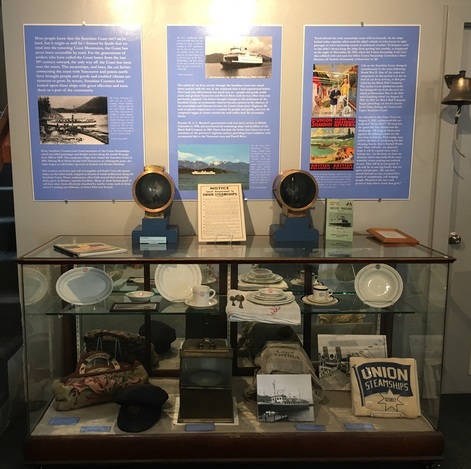
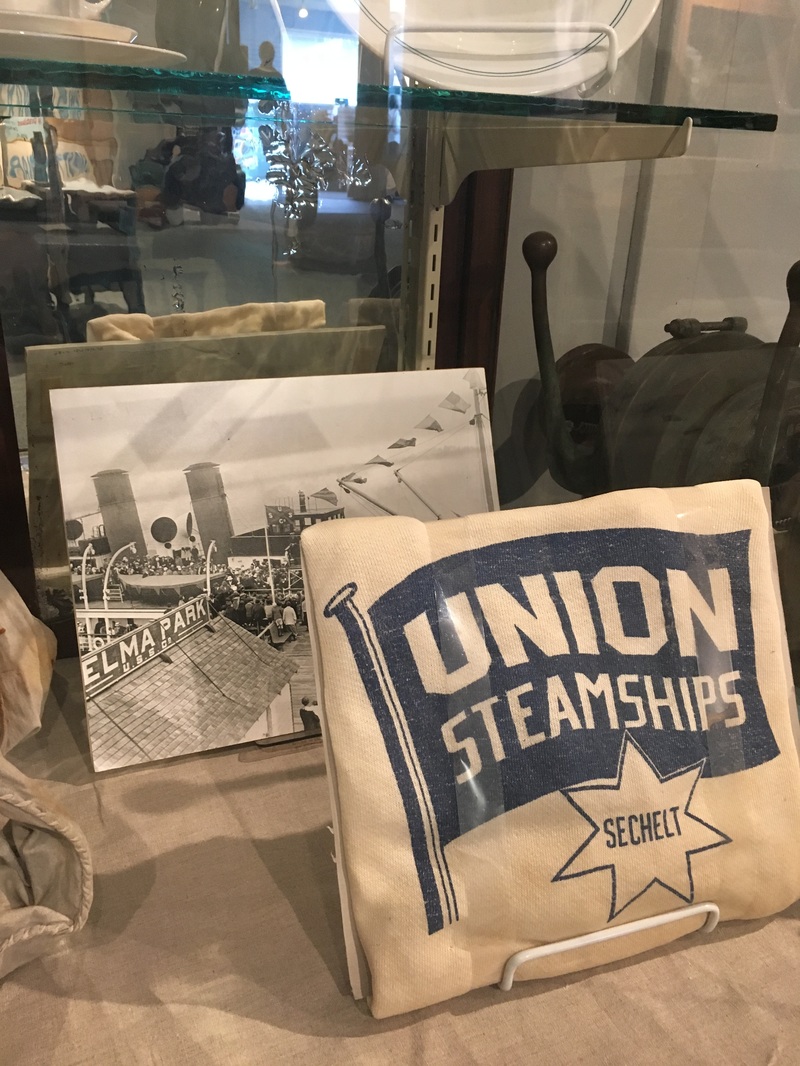
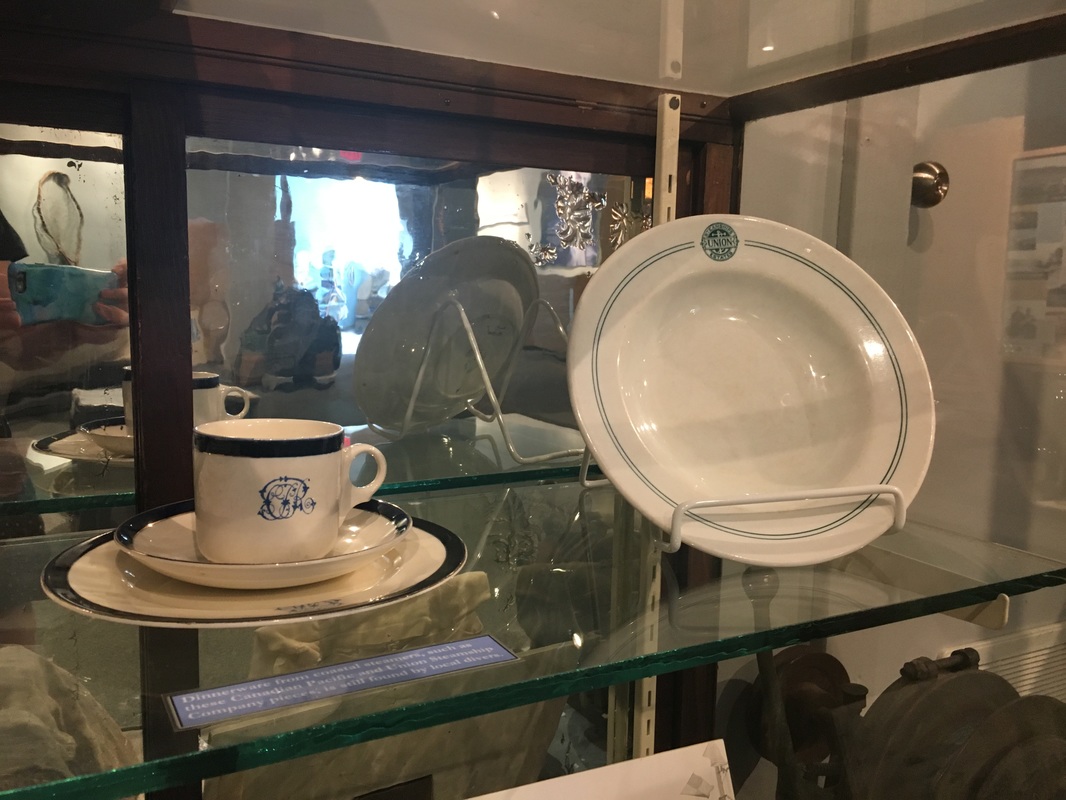
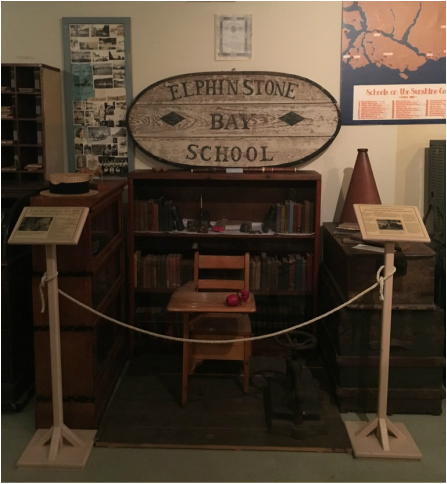
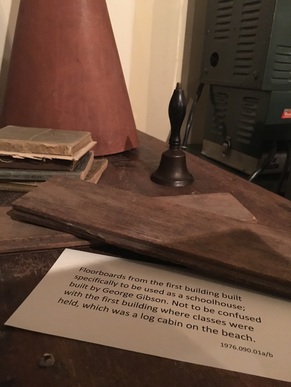
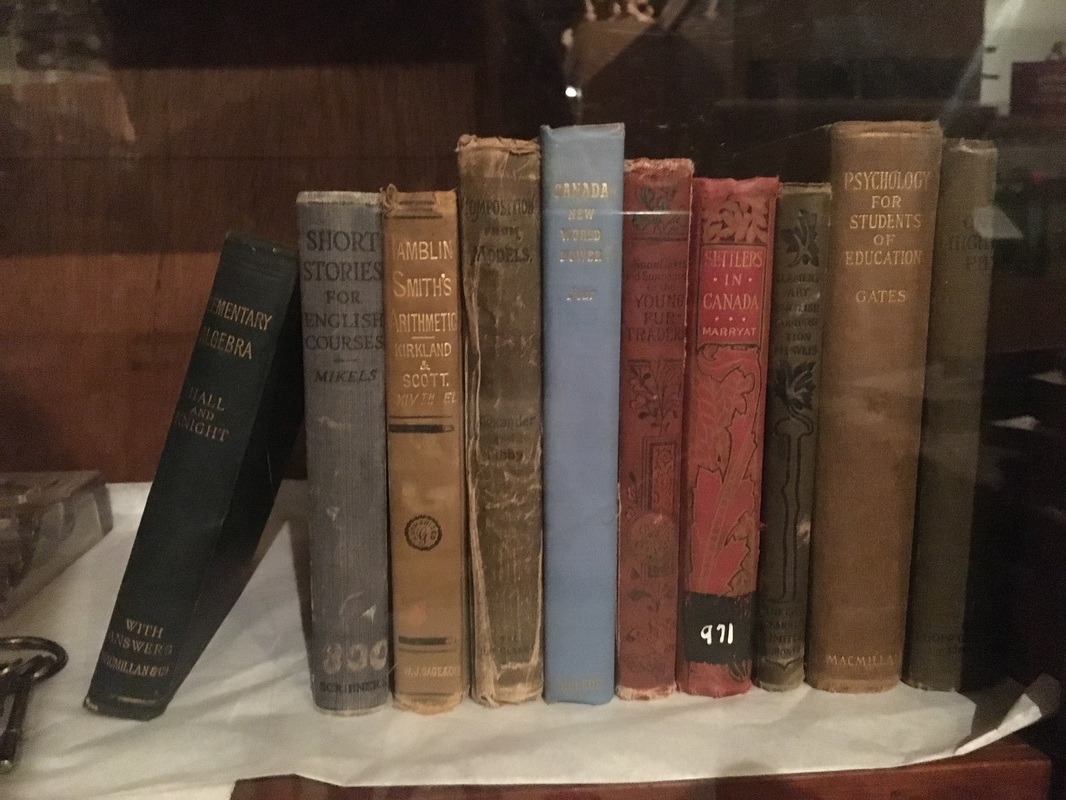



 RSS Feed
RSS Feed
